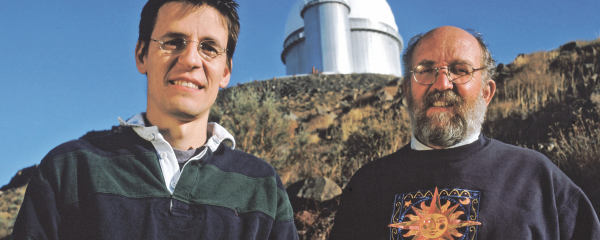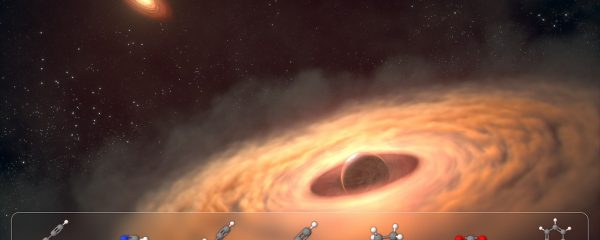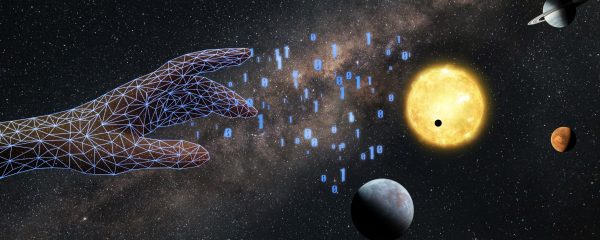Linking models and observations
In order to interpret the observed planetary spectra and make quantitative statements, observations have to be linked to theoretical models. On the other hand, theory may provide predictions about where, what, and how to observe. This sub-project links observations with theoretical modelling to make us ‘understand’ the real nature of planets.
The goals of this sub-project are:
- Identifying the relevant atmospheric signatures of exoplanets, by selecting the theoretical predictions that can be tested with current and future instrumentation
- Determining the best possible observing strategies to detect these signatures, leading to:
- Propose new observing programmes, in relation with the Observations of Exoplanet Atmospheres sub-project and
- Provide science drivers for new instruments, in relation with the sub-project
- Interpreting observations, going back to theory, in relation with the Formation & Evolution project
This sub-project has natural links with other sub-projects in Planetary Atmospheres and other projects in PlanetS.
- Link with the sub-project Observing Exoplanet Atmospheres
- Link with instrumentation (sub-project Building High-Fidelity Spectrographs)
- Link with exoplanet atmospheres theory in the Formation & Evolution project (sub-project Characteristics of Planets: Internal Structure & Atmosphere)




